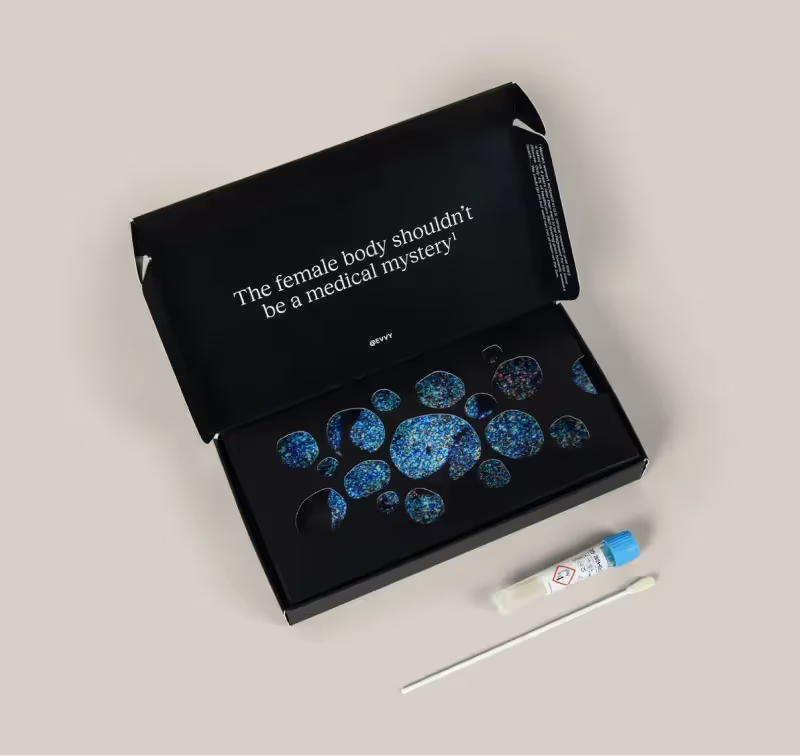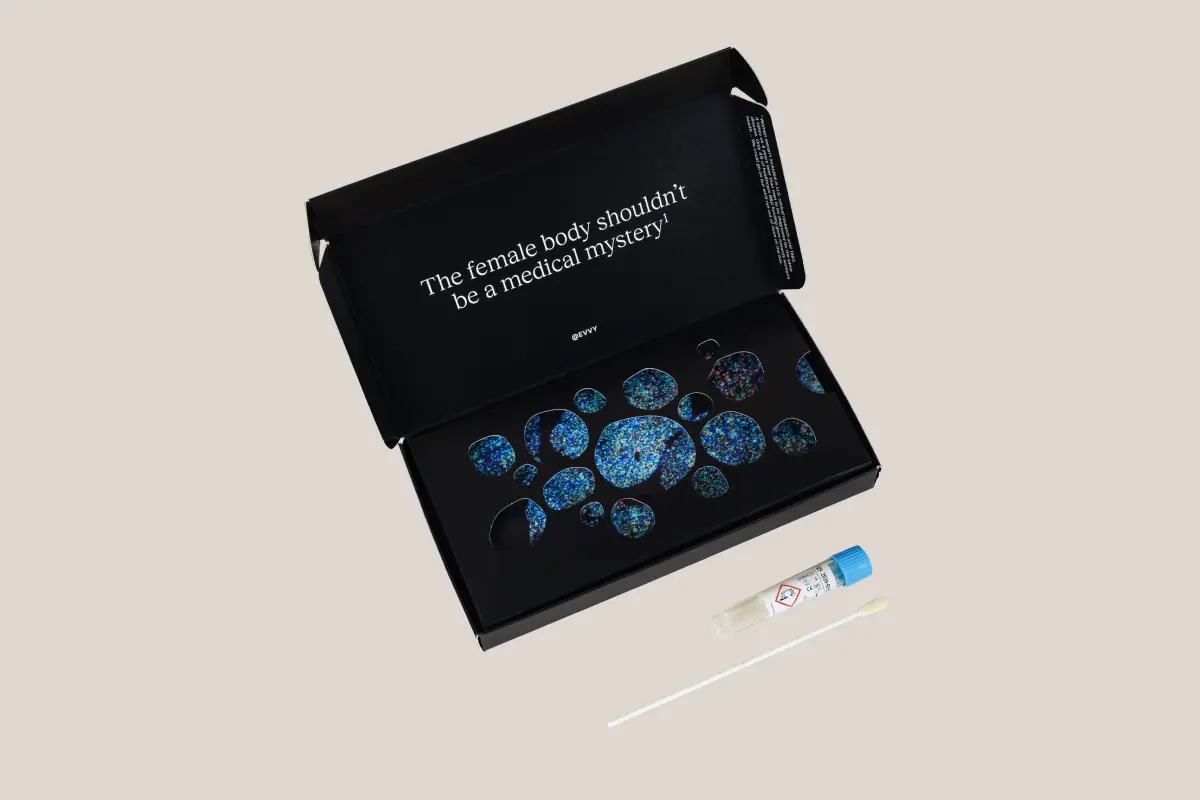

Understanding Arousal Non-Concordance
Discover why arousal non-concordance occurs and how physical responses don't always align with sexual desire. Learn more about this common issue.
One of the many (inaccurate) messages we receive about female pleasure is that you get “wet” when you’re turned on, and if you’re “dry,” that means you’re frigid, menopausal, or sexually deficient.
Of course, none of these things are necessarily true. Mainstream cultural narratives around sex would make you believe that someone’s genital response always indicates whether or not they’re DTF, but in reality, sexual arousal isn’t always so cause-and-effect. There’s a name for this: arousal non-concordance.
What is arousal non-concordance?
It may sound intense but arousal non-concordance is a perfectly normal phenomenon that anyone can experience, regardless of gender.
Arousal non-concordance occurs when your physiological and subjective arousal is out of sync. Physiological arousal is how your genitals respond to sexual stimuli, like increased blood flow to the clitoris and labia, and the production of vaginal lubrication (getting “wet”). Subjective sexual arousal, on the other hand, is your emotional state and mental engagement during sex — how horny you’re feeling.
Simply put, arousal non-concordance is when you feel turned on but you can’t get wet, or vice versa. Vaginal lubrication is a common aspect of your body’s sexual response mechanism, but it’s not always going to happen. Sometimes, you’re in the mood but your genital response is MIA.
On the other hand, sometimes you may be wet but aren’t feeling turned on. That’s simply because your body responds to sexually relevant stimuli, whether you want it to or not. Sexual arousal isn't a binary experience, and mental and physiological arousal don't always occur simultaneously.
Know that arousal non-concordance is a normal part of human sexuality, but if it happens to you it can make you feel less-than-normal. Before I learned about arousal non-concordance I would feel mortified if I couldn’t get wet during sex. I often found myself apologizing over the lack of bodily function (never did I stop to consider that maybe the guy wasn’t doing a good enough job at turning me on, but that’s a conversation for another day).
Messages around sex constantly reinforce the idea that getting wet is not only normal but also a turn-on, so, unsurprisingly, people with vaginas might feel like there’s something wrong with their body if it doesn’t react as expected during sex. Just think about how often vaginal wetness is brought up in pop culture or porn.
But the fact of the matter is that your vagina is a complex organ, not a Super Soaker. And sexual arousal isn’t as linear as we’re taught. Yes, sometimes not getting wet can be an indication that you’re not turned on enough, but sometimes it just means that your vagina has a mind of its own.
Arousal non-concordance is especially important because of its implication in consent and sexual assault. It’s not uncommon for survivors of sexual violence to experience physiological arousal, or even orgasm, during sexual assault. But remember: your body just responds to sexual stimuli, it’s not always a sign of pleasure, let alone consent.
This notion that wetness or reaching climax is a sign that sex is consensual plays into a wider societal problem: not believing women. Consent is only valid when it’s given verbally and freely, regardless of how wet someone is. The quicker we understand how female arousal works, the sooner we dispel the idea that a physical response equals means consent.
If you experience arousal non-concordance, just know that it’s completely normal. But if it’s getting in the way of your sexual pleasure, here are some tips on how to help your brain and genitals be more in sync:
Slow down
Despite the patriarchy’s aversion to foreplay, we can’t stress enough how important it is, especially in the context of arousal non-concordance.
If you have a hard time getting physically aroused, foreplay gives your body a chance to catch up. Equally, if your genitals are ready to party but your mind is elsewhere, foreplay can help you slow down and be present in the moment. Whether or not penetration is involved (it doesn’t have to be), rushing into a sexual experience does nobody a favor! Spend more time kissing and touching each other, or incorporate sex toys into the fun.
Use! Lube!
If you’re super turned on but your vagina hasn’t gotten the memo, there's absolutely no shame in reaching for some lube. It’s quite literally what it was invented for. Using lube does not mean there is something wrong with your body, if anything, it means that you know how to make standard sex become super-fun sex.
If you ask us, lube is a value-add regardless of circumstance — whether or not you make enough vaginal lubrication naturally. The wetter, the better. (And make sure it’s microbiome-friendly lube. No spermicides, fragrances, nitrosamines, benzocaine, parabens, and glycerin, all of which may impact the vaginal microbiome.)
Don’t rely on body language alone
If you notice your partner say “you’re so wet” in excitement, don’t let them assume you’re ready to go. If you’re not fully aroused, let them know. Tell them what you want them to do to you and how they can turn you on even more — don’t underestimate how sexy this can be!
It can be easy to rely on physical cues from your partner, especially in long-term relationships. Rather than assuming that they’re having a good time based on what their body is doing, communicate and check-in with your partner during sex. Remember: physical response isn't always a reflection of their emotional state.
Speak to a therapist
Human sexuality is complicated and many factors can get in the way of sexual enjoyment, from chronic stress and trauma, to physiological changes and sexual dysfunction.
If you’ve tried everything but still can’t find pleasure, there is nothing wrong with seeking professional help from a sex therapist or counselor. Remember that you have the right to an enjoyable, satisfying sex life.
If there’s one takeaway from this article, it’s this: your body is normal, it’s society’s understanding of female pleasure that’s effed up.
FAQ
What does arousal mean?
When someone feels sexually excited or turned on, that's called sexual arousal. It involves a mix of emotional, physical, and hormonal responses that get the body ready for sex. For women, physical sexual arousal involves things like increased blood flow to the vagina, clitoris, and labia, and increased vaginal lubrication.
What is an example of arousal non-concordance?
Arousal non-concordance is when someone experiences physical signs of sexual arousal without feeling mentally or emotionally turned on, or vice versa. An example of arousal non-concordance is when you're getting ready to hook up with someone and feel mentally and emotionally turned on, but your body doesn't show the typical physical responses (like increased lubrication or genital swelling). On the other hand, you might experience physiological signs of arousal, like vaginal lubrication, without actually being sexually aroused. Arousal non-concordance reminds us that sexual arousal is complex and unique to each person and that mental arousal and physical arousal don't always match up perfectly.
How do you fix arousal non-concordance?
Addressing arousal non-concordance involves a multi-faceted approach, as it can stem from various physical, psychological, and relational factors. It's important to keep an open line of communication with your partner, practice mindfulness during intimacy, and learn about how common this experience is to reduce anxiety. If needed, don't hesitate to seek professional help from a sex therapist to uncover any psychological or relational issues. You can also consult a medical professional to check for any physiological causes. Trying out different forms of sexual stimulation and managing stress through relaxation techniques can also help align physical and psychological arousal. Remember, a patient and self-compassionate approach is key to effectively addressing arousal non-concordance.

Recurrent symptoms? Get Evvy's at-home vaginal microbiome test, designed by leading OB-GYNs.





